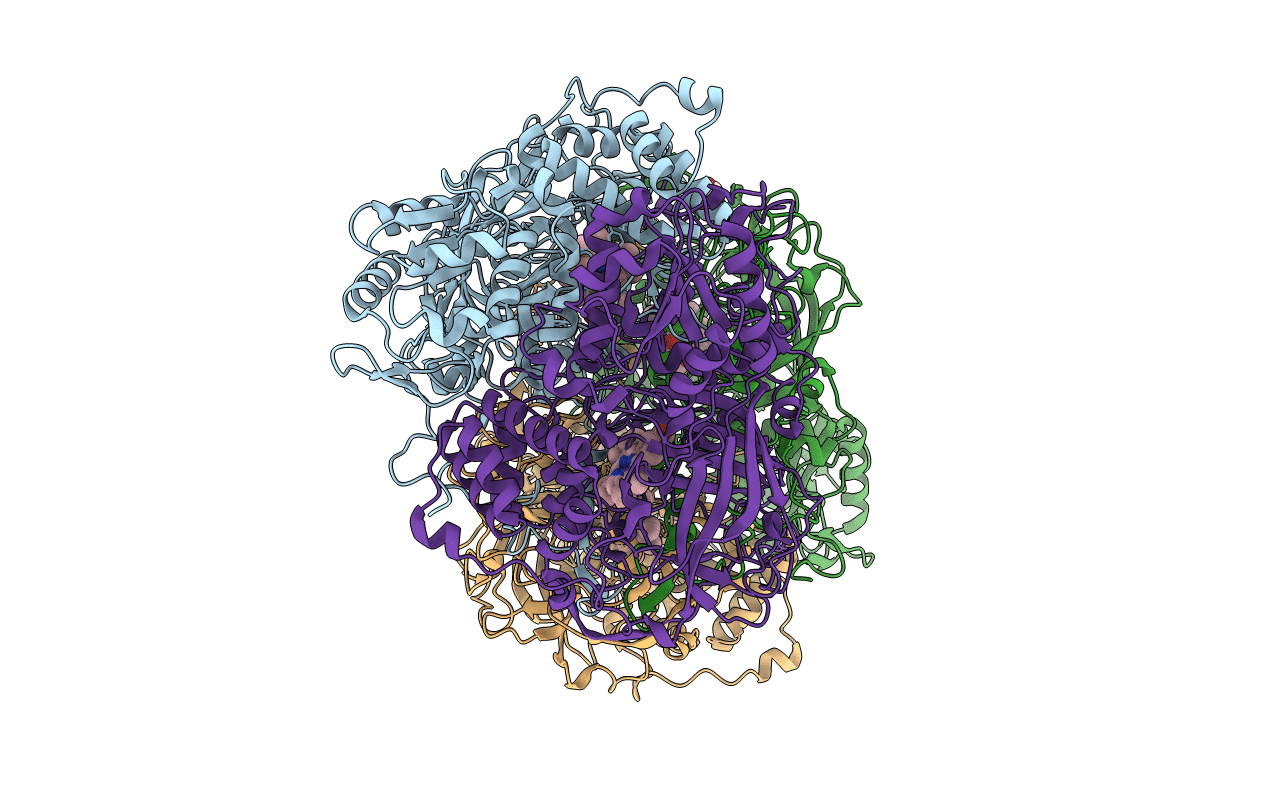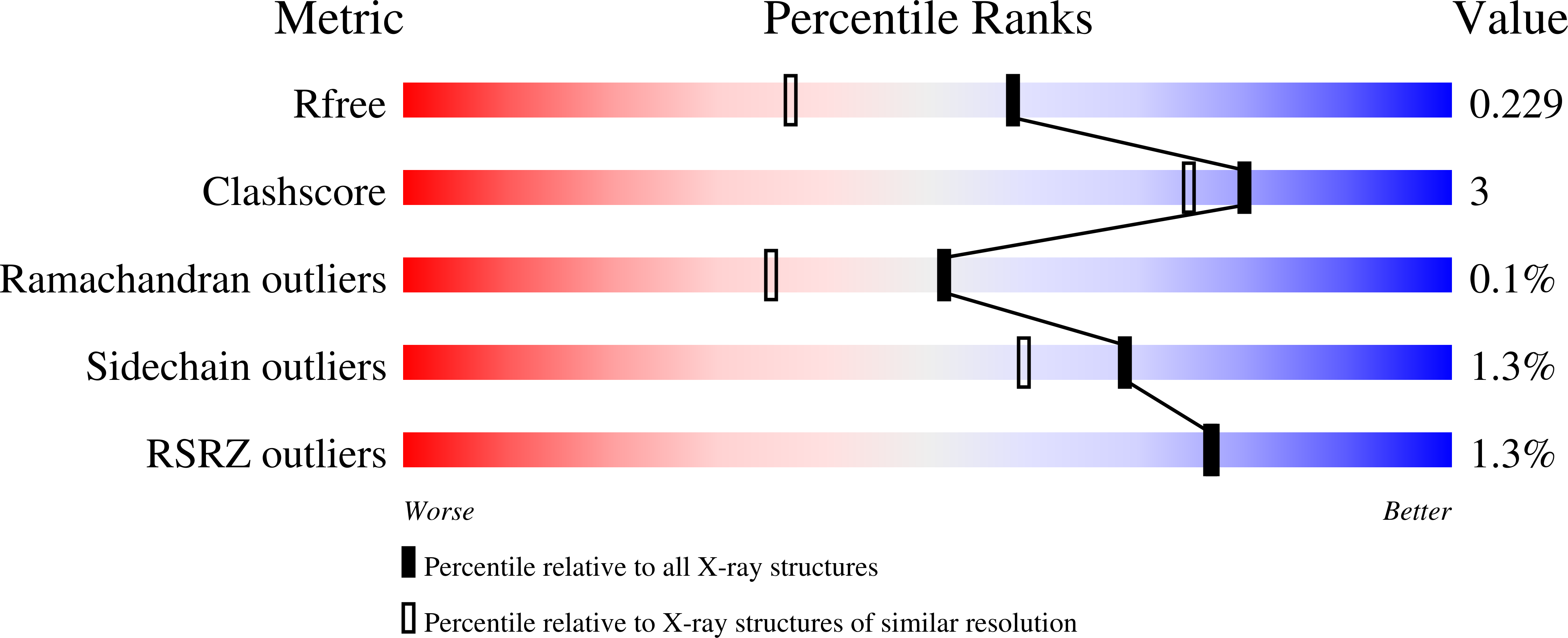
Deposition Date
2020-07-20
Release Date
2020-10-07
Last Version Date
2024-01-31
Entry Detail
PDB ID:
6ZTV
Keywords:
Title:
Crystal Structure of catalase HPII from Escherichia coli (serendipitously crystallized)
Biological Source:
Source Organism:
Escherichia coli K-12 (Taxon ID: 83333)
Method Details:
Experimental Method:
Resolution:
1.78 Å
R-Value Free:
0.22
R-Value Work:
0.18
R-Value Observed:
0.18
Space Group:
P 1 21 1


